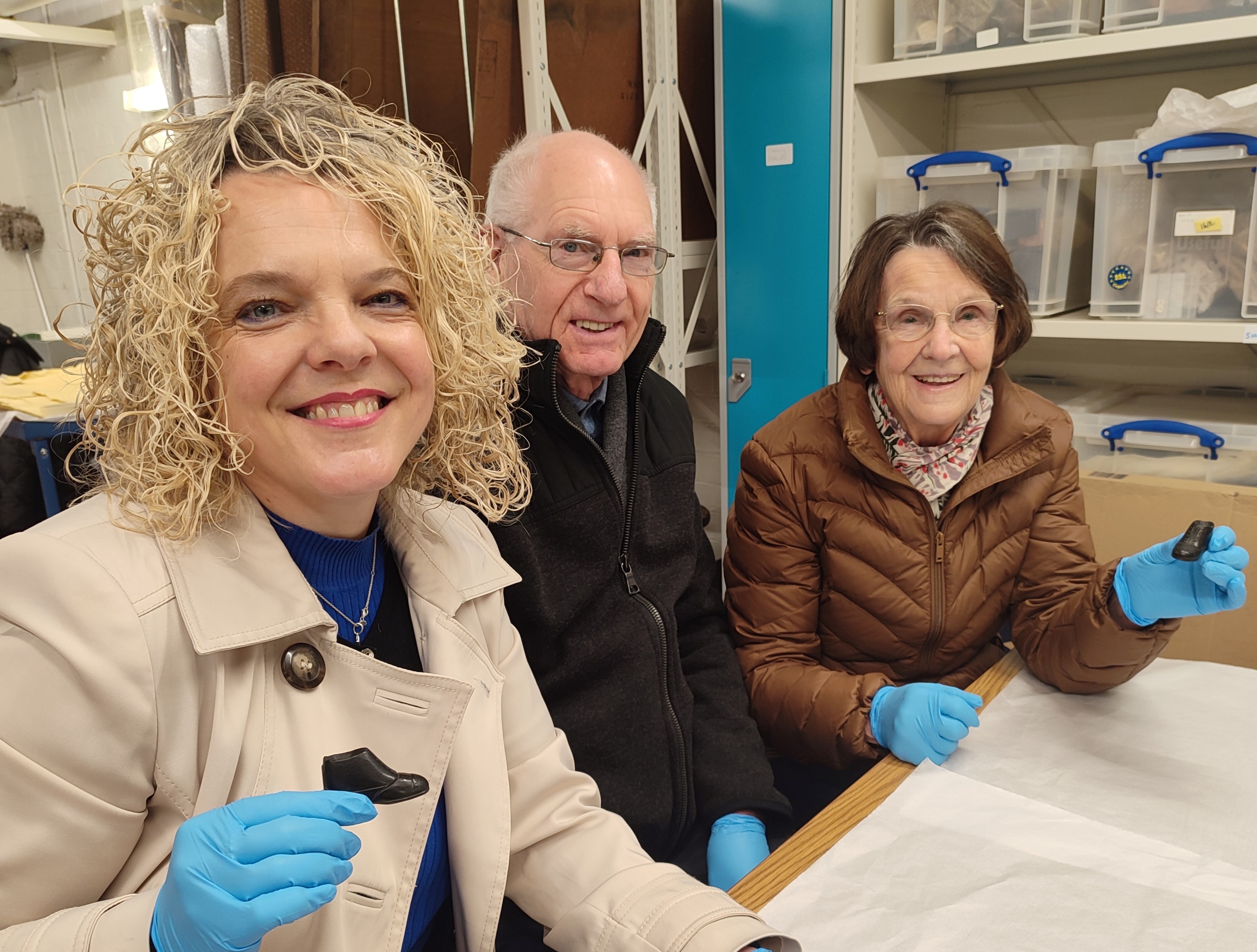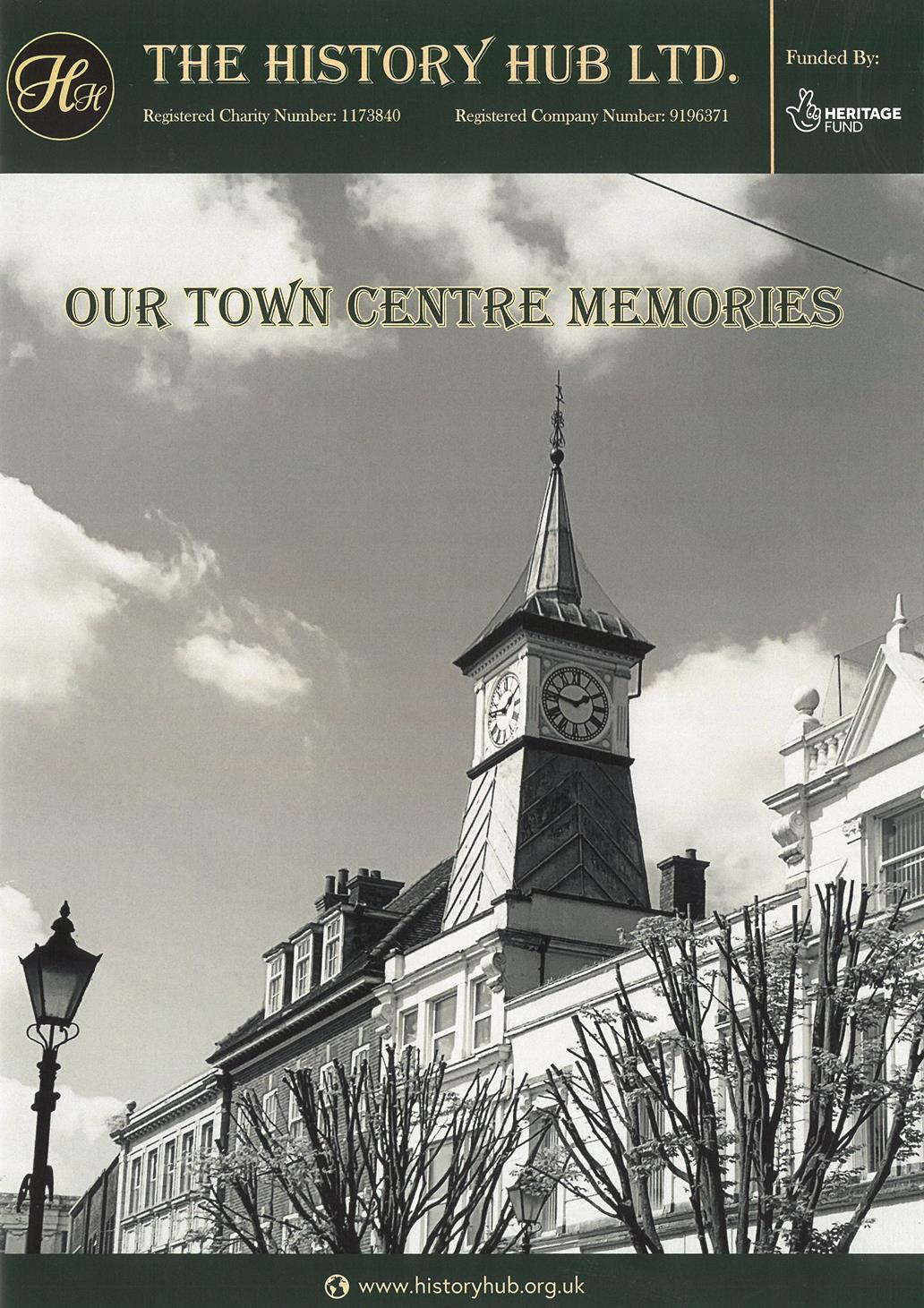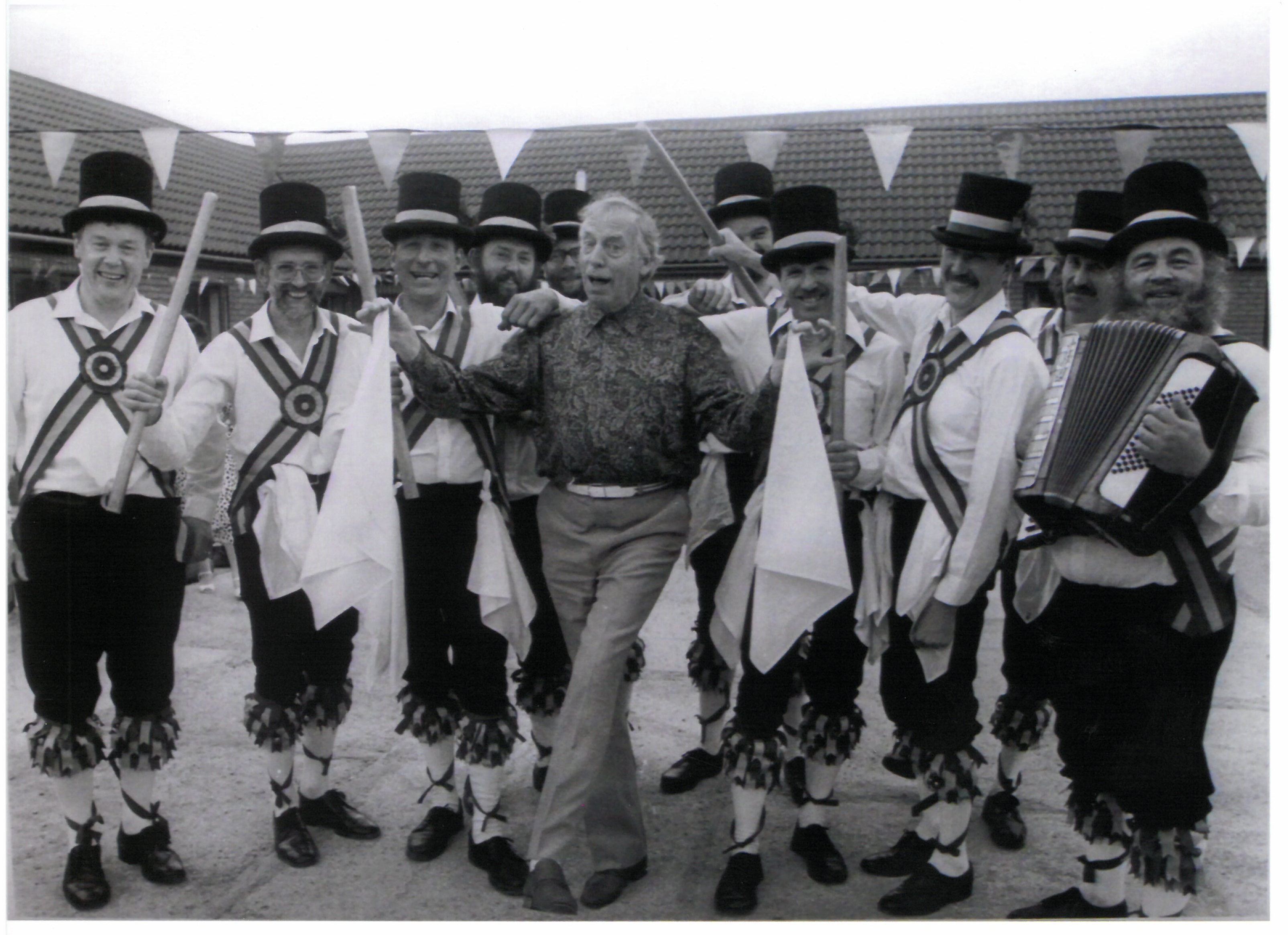Welcome to this month’s Hands on History blog, where we will be taking a closer look at our decorative arts collection in preparation for our ‘Hands on History’ event at the Museum on Saturday 18th May. For this month’s handling session, I really wanted to explore the items that make up a tea set.
One of the most important parts of a tea set is the teapot. In our Museum collection, there are many different styles of teapots, but I was very much drawn to this one. It is a late Victorian Silver Lustre teapot. The process of making Lusterware was thought to have been developed during the 9th century. However, there was a resurgence of the technique, in part down to the industrial revolution, which enabled the discovery of an alternative way of achieving the Lustre look. For example, silver Lustre could now be replicated through the use of platinum oxide. This ‘faux’ silver look was very popular as it was a lot cheaper than pure silver and more affordable. At the same time that silver lusterware was becoming the fashion, tea sets were also becoming very poplar. For those who couldn’t afford a silver tea pot, a silver Lustre tea pot was the next best thing and at first glance you wouldn’t be able to tell the difference. The idea of replicating an item using cheaper materials and being able to sell at a cheaper cost, is still a common occurrence nowadays. Why wouldn’t you own something that cost you less but at first glance looks similar. Perhaps you own an item like this yourself?
The silver Lustre was painted onto an earthenware teapot to give the appearance of it being silver. However, there was some downsides to this. The first was that the teapot was a lot more fragile than a silver-plated teapot, so if you dropped the teapot, it would break and shatter the illusion of the pure silver teapot! The second, was that, as a result of the silver Lustre being painted on, continued washing could cause the Lustre to dull. In some cases it would rub off entirely showing the earthenware teapot underneath! Therefore, you were advised to polish the Lustre with a soft cloth instead. Personally, when I first looked at this teapot, I believed it to be silver, so you can see how deceiving Lusterware can be. What do you think?
Fun Fact: The first teapots were made from clay!

Another essential part of a tea set is a cup and saucer. Whilst our ‘Hands on History’ session will display a few different styles, today I’m going to tell you about one of my favorites. This teacup and saucer set was one of the first objects I found when researching today’s theme. The items were made by George Jones and Sons and believed to date to about 1885. The design was named ‘Almonds’ on account of the almond blossom branches incorporated into the design. I was drawn to the distinctive image (as seen above) of the two birds. I wondered if there was a significance of having birds on pottery. Bird designs have been used on pottery for thousands of years and by many different civilizations. We are surrounded by plants and animals that are constantly used for inspiration, so we shouldn’t be surprised that birds are included in this. Birds themselves can represent freedom, hope and new beginnings. So is there a significance to these birds, or do you think George Jones and Sons just thought that they would pair nicely with the almond blossoms? I’ll let you decide!
Fun Fact: Did you know that there were teacups specifically designed to protect one's moustache?
A teaspoon is the third item that I would like to share with you today. This spoon is a commemorative teaspoon for King George VI’s coronation on 12th May 1937. Commemorative tea spoons weren’t a common occurrence in a tea set but I wanted to show you how everyday items were made into decorative pieces. Teaspoons were a very popular form of souvenir, commemorating events such as coronations, christenings, frost fairs and even the plague! This particular teaspoon was a memento of a coronation. On the spoon, you can see an engraving of Westminster Abbey where the coronation took place. The handle has been engraved with the heads of the new monarchs, King George VI and his wife Queen Elizabeth. Their initials, G and E, are also represented underneath their image. This tea spoon would have been cherished and never used, unlike the rest of the teaspoons in this person’s home.
Some people still have tea sets today – I do! But they are not nearly as popular now as they were in the 18th and 19th century. Sometimes they can be found in an attic or the back of a cupboard, not to be used, and are tea sets that were passed down from family members before us. I have tea sets that were passed down from mother to daughter, tea sets that were originally given as wedding presents. These tea sets are vastly different from the everyday cups and teaspoons that we use today in our daily lives. Do you own collectable teaspoons? Do you own a tea set? If so, when was the last time you got them out to look at their wonderful designs?
Fun Fact: The first mention of a teaspoon in advertising was in 1686!
If you enjoyed reading about these items, why not join us at Nuneaton Museum and Art Gallery on Saturday 18th May 2024, anytime between 11.00 and 4.00, to explore these objects, and many more, yourself.









































